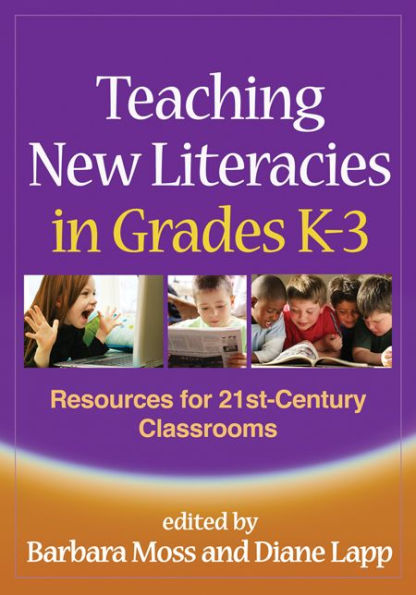5
1
9781606234976


Teaching New Literacies in Grades K-3: Resources for 21st-Century Classrooms available in Paperback

Teaching New Literacies in Grades K-3: Resources for 21st-Century Classrooms
- ISBN-10:
- 1606234978
- ISBN-13:
- 9781606234976
- Pub. Date:
- 11/20/2009
- Publisher:
- Guilford Publications, Inc.
- ISBN-10:
- 1606234978
- ISBN-13:
- 9781606234976
- Pub. Date:
- 11/20/2009
- Publisher:
- Guilford Publications, Inc.
39.0
In Stock

Product Details
| ISBN-13: | 9781606234976 |
|---|---|
| Publisher: | Guilford Publications, Inc. |
| Publication date: | 11/20/2009 |
| Series: | Solving Problems in the Teaching of Literacy |
| Pages: | 321 |
| Product dimensions: | 6.90(w) x 9.90(h) x 1.00(d) |
| Age Range: | 5 - 8 Years |
About the Author
From the B&N Reads Blog




